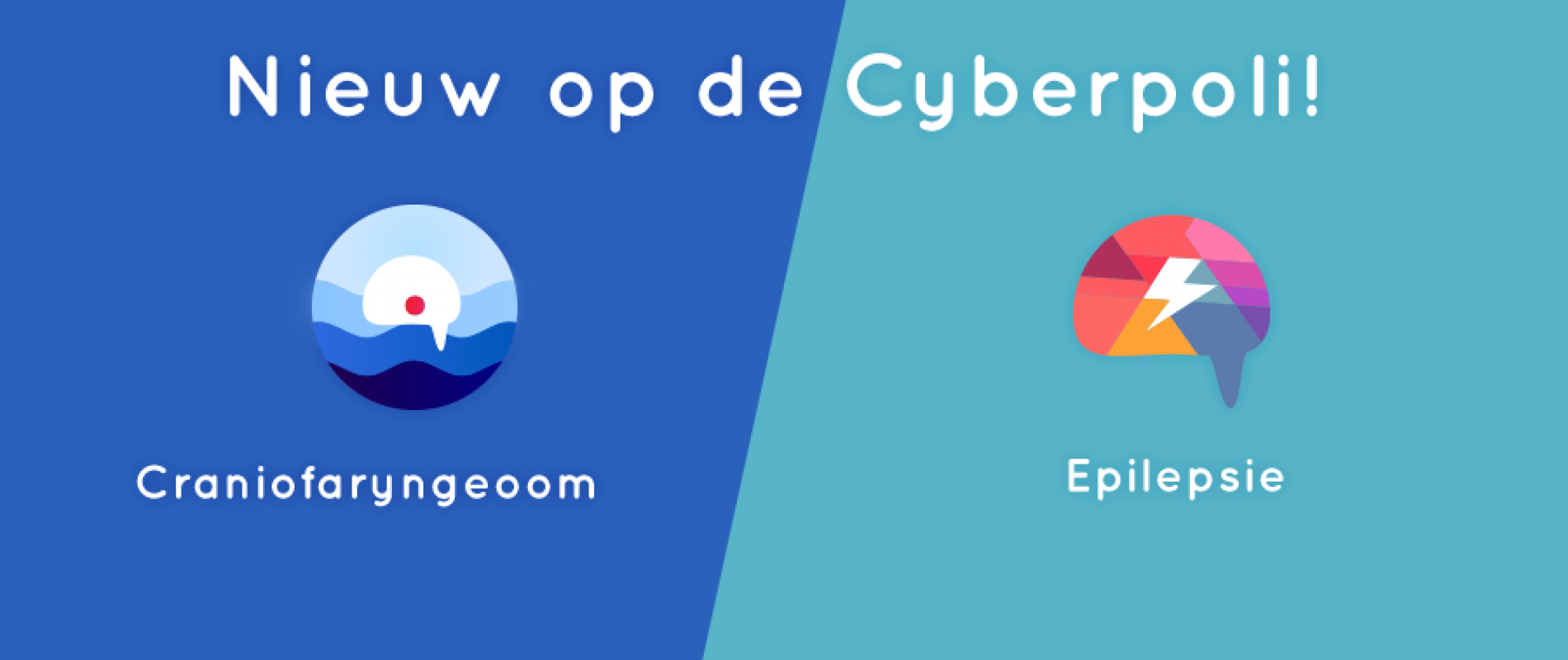New Cyberpolis for Epilepsy and Craniopharyngioma

The epilepsy and craniopharyngioma Cyberpolis can be visited now. Thanks to this, the Cyberpoli now lists no fewer than 19 disorders! You can read lots of information and interviews about these two new disorders and you can of course ask questions to experts in the panel.
What is epilepsy?
If you suffer from epilepsy, part or parts of your brain are unintentionally or unexpectedly activated. This manifests itself in the form of a seizure. During such a seizure, your brain cells issue stimuli to your body, causing you to have symptoms that you cannot suppress, such as jerking movements in your arms or legs or a change in your consciousness level.
If a small or large part of your brain is unable to do its normal tasks due to such an epileptic fit, it affects the functioning of your body and you can notice that. You can start to show various symptoms, ranging from a gazing or absent look in your eyes or jerks in an arm or leg that cannot be suppressed, to a generalised tonic clonic seizure, causing your entire body to suffer from uncontrolled muscle spasms and during which you lose consciousness. It can be very brief and pass by itself, but it can also last for several minutes until the brain recovers and starts to function normally again.
As you know by now, you can read and view a lot more about epilepsy in the Cyberpoli.
What is a craniopharyngioma?
A craniopharyngioma is a rare, benign tumour that is fixed to the hypophysis. The basis for the tumour is created at the beginning of pregnancy. You are probably born with it, but since the tumour is very small then, as are you, you cannot notice anything. Symptoms do not manifest themselves until later in life, between the age of five and fourteen, or even into adulthood. The symptoms depend on the size of the tumour and its location. Important parts in your brain that are potentially jeopardised by the tumour are the optic nerves, hypophysis and hypothalamus. The hypophysis is a small gland at the bottom of your brain, behind your eye sockets. The hypothalamus can be found close to it, slightly higher. The hypophysis, together with the hypothalamus, regulates hormone production, a complex system that controls, manages and corrects a whole series of processes in your body. Children with a craniopharyngioma often suffer from symptoms that are due to an imbalance in their hormone regulation. Adults tend to suffer from headaches and problems with their eyesight.
The Cyberpolis for both epilepsy and craniopharyngioma are full of medical information, animations, interviews and interesting themes.
Medical experts are also available for these two Cyberpolis, ready to answer any questions you may have on epilepsy and craniopharyngioma. The craniopharyngioma Cyberpoli includes Hanneke van Santen, paediatrician and endocrinologist. The panel is further complemented with paediatric neurosurgeon Eelco Hoving, paediatric neuropsychologist Annet Kingma and radiation therapist Geert Janssens. Experiential experts Femke and Jelmer know what it is like to live with a craniopharyngioma and will be able to tell you about it from their own experiences.
In the epilepsy Cyberpoli we welcome clinical dietitian Nicole van Houdt, epilepsy consultants Bertha Smallenbroek, William Westerweele and Marleen Arends and nursing specialist Miel Linders. Sander Idema is a neurosurgeon and Ilse van Straaten is a clinical neurophysiologist. Neuropsychologist Nynke Doornebal further reinforces the team, together with Jolanda Schieving, who will join later.
Finally, Kristl Vonck, neurologist and epileptologist will be added to the panel. She too will join slightly later.
This panel would of course not be complete without experiential experts. Carmen, Miguel, Daan and Chantal know what it is like to live with epilepsy, based on their personal experiences. Visit the Cyberpoli to read more about them and what they do.
